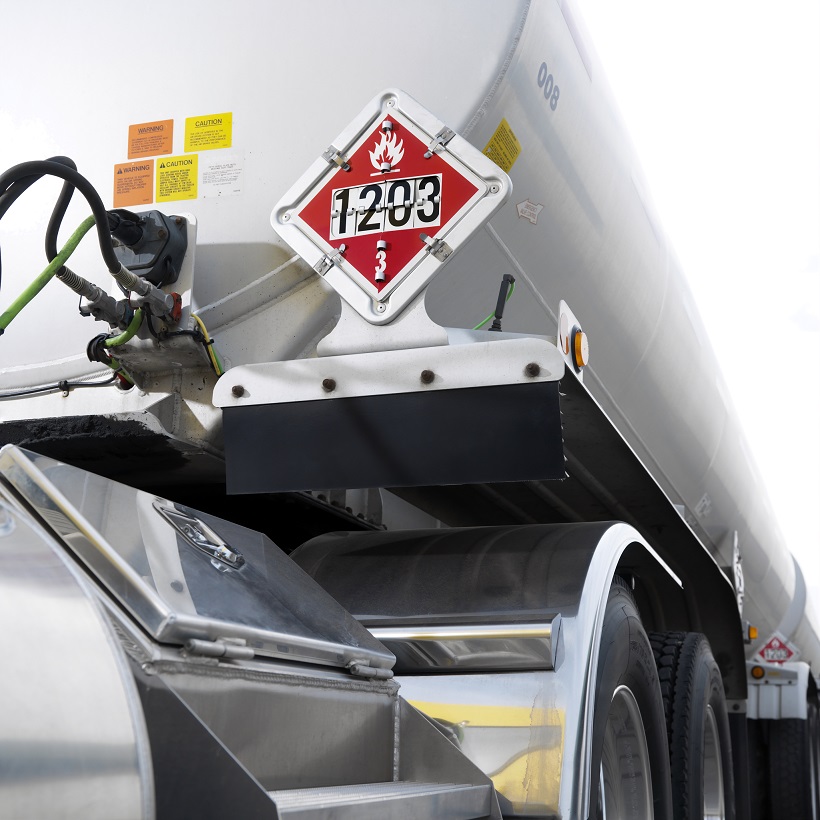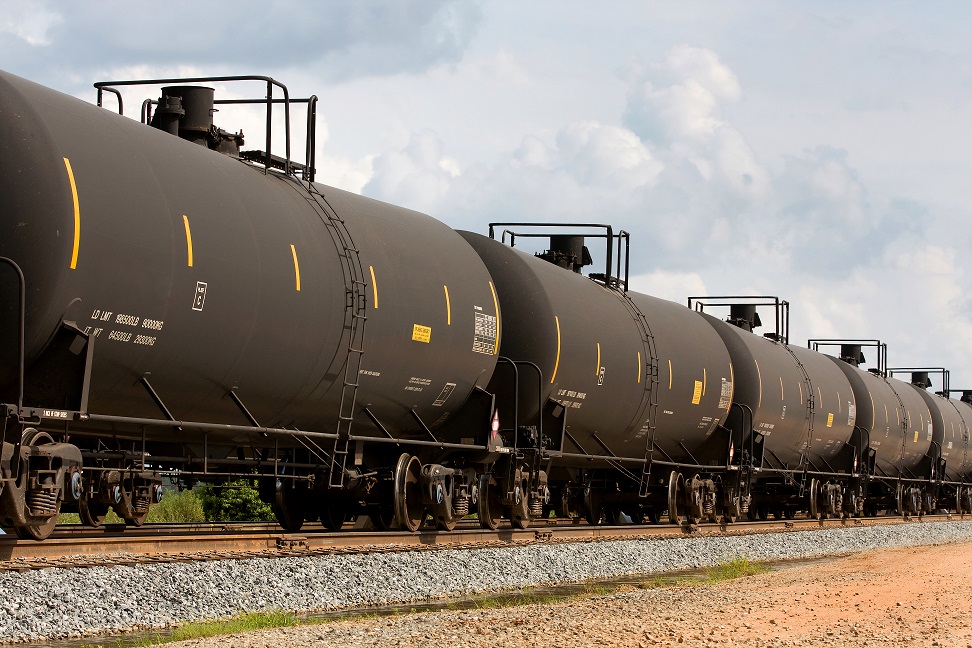(Or, where DOT ended, EPA begins!)
A recurring question often arises when we prepare Spill Prevention, Control and Countermeasure (SPCC) Plans for clients who load or unload tankers, deliver oils to customer locations, or maintain a fleet of tanker trucks or railroad cars that may or may not remain at their facilities for a time. Are these road or rail tankers subject to SPCC requirements when they’re parked at the facility? And so, do we need to count the tanker capacity when determining if the SPCC rule even applies?
The answer is complicated (of course). It requires an understanding of when or if the truck or rail tanker ceases to be “transportation-related” equipment subject to regulation by the Department of Transportation and instead should be considered “non-transportation-related” equipment addressed by the EPA’s Oil Pollution Prevention rules (40 CFR Part 112).
The demarcation between “transportation-related” and “non-transportation-related” is found in a Memorandum of Understanding between the Secretary of DOT and the EPA Administrator, included as Appendix A in 40 CFR Part 112. (A separate MOU, entered between DOT, EPA and the Department of the Interior and attached as Appendix B to Part 112, delineates jurisdiction of each based on location of the regulated facilities in relation to the coast line.)
In a nutshell, EPA has responsibility for oil production, refining, storage and use facilities and related equipment except for:
- facilities, processes and equipment associated with handling or transfer of oil in bulk to or from vessels
- pipelines that are used to transport oil beyond the confines of a facility (i.e., involved in interstate or intrastate commerce) and associated inline or breakout tanks (we’ll discuss pipeline breakout tanks in a later episode)
- highway vehicles and railroad cars that transport oil in commerce (across public rights-of-way, highways, roadways and rail)
So, how does this jurisdictional demarcation translate to SPCC requirements addressing tanker trucks and rail cars ? Let’s look at some real-world examples.
Tank trucks or rail cars used for temporary storage
This one is relatively easy. If the equipment is maintained as backup or emergency storage for oil normally kept in the facility’s oil storage tanks, then it is subject to SPCC requirements. The rules apply even if the tankers are empty most of the time; the total capacity of the tankers is used to calculate quantities for comparison to SPCC regulatory thresholds (e.g., more than 1,320 gallons in above ground oil storage counting only containers of 55-gallons or more).
Truck tanks used for product delivery
In this case, the tanker trucks leave the facility with oil to be distributed to other locations. The trucks return to the facility empty or with residual amounts of oil in the on-board or trailered tanks.
Provided that the trucks return to the facility without substantial quantities of petroleum remaining in the tankers, their containers are not subject to SPCC regulation and their capacities would not be counted against SPCC thresholds. However, the loading racks, transfer hoses, loading arms and other equipment which are used to transfer oil in bulk to or from highway vehicles (or railroad cars) are subject to SPCC requirements if the thresholds are exceeded in on-site storage capacity.

Empty tank trucks or rail cars parked or stored at the facility
These tanks are regulated, and counted against SPCC rule thresholds, if they ever held oil (and could do so again)! To remove them from the counted storage capacity, the facility should “permanently close” empty tanks that are not intended for oil storage or transport – that is, ensure that valves are locked closed, provide signage indicating that the tank is permanently closed and the date of closure.
Loading and unloading equipment for highway-bound tankers
As noted above, loading and unloading equipment at non-transportation-related facilities is regulated by EPA and subject to SPCC requirements even when it is used to transfer oil in bulk to or from highway vehicles or railroad cars (but, not when used to transfer oil to or from vessels) if the facility’s oil storage capacity exceeds SPCC thresholds.
Is your facility subject to the SPCC rule? Do you need help in complying with oil pollution prevention requirements, such as preparation and implementation of your SPCC Plan or Facility Response Plan? Please contact T. Cozzie Consulting for assistance.

